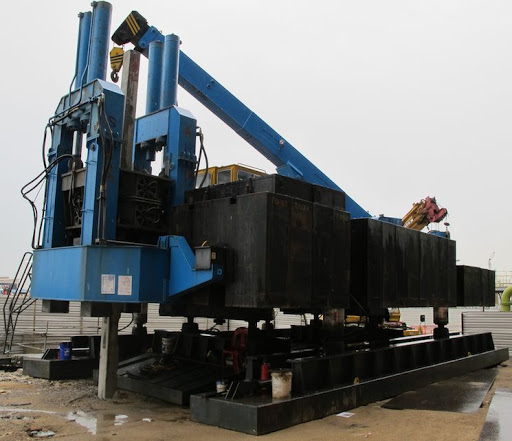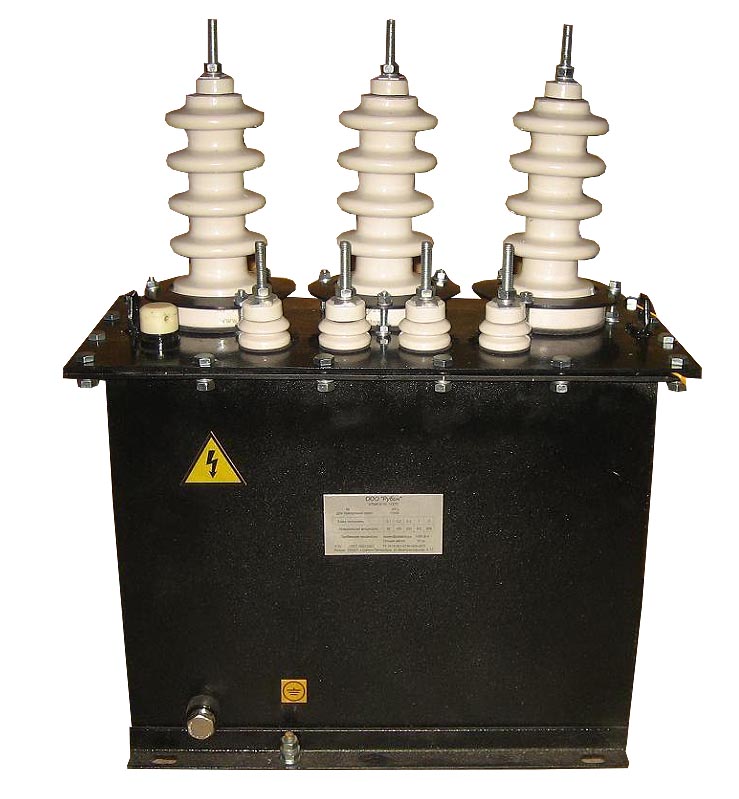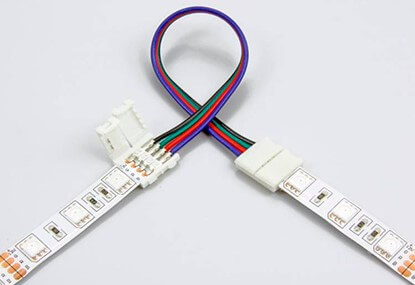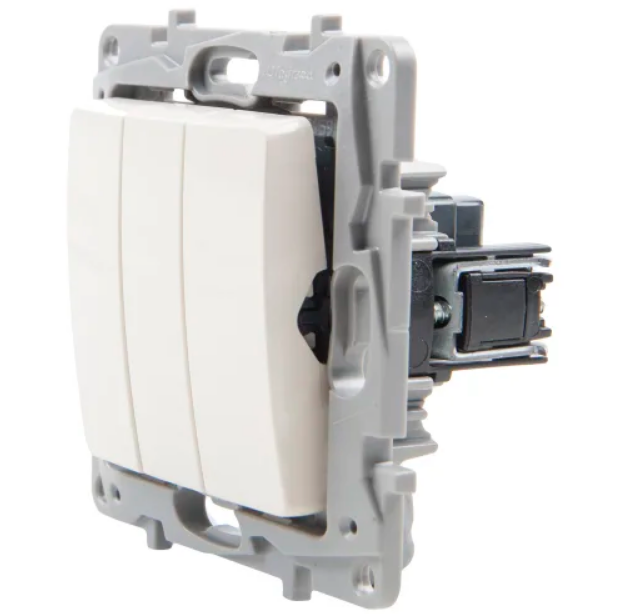Loading circuit breakers is one of the methods used to check the correct functioning of this type of device and its compliance with the established state standards. The circuit breaker can be loaded with an installation assembled according to a special scheme.
The basics of loading machines
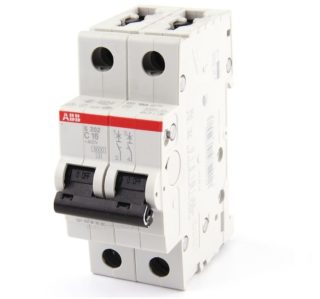
The main functions of automatic switches are to activate and open electrical circuits. The latter process is initiated when the voltage drops seriously below normal, the circuit is overloaded, or a short circuit incident occurs. When the craftsmen do the loading of the machines, they pursue the goal of checking the correct functioning of the releases by passing an electric current through them, coming from a specially designed installation.
Situations in which it is recommended to perform this procedure include:
- overhaul of a switch or other electrical equipment;
- purchase of a new device;
- completion of the repair of the electrical installation.

Also, scheduled preventive loading is carried out at a certain frequency established at the enterprise. The mechanism of the procedure is based on the effect of an electromagnet on the release, as a result of which the latter is activated and the device stops working. A well-organized procedure will allow you to determine whether the device is capable of protecting the network from all sorts of unpleasant incidents. It must protect against fire and excessive loads (frequent phenomena in case of damage to the insulating material of the wires and pressure drops) and from the user receiving an electric shock in a short-circuited circuit. If the device has passed the tests, it is considered to be serviceable and fit for routine use.
Main characteristics of circuit breakers
Circuit breakers belong to the category of protective devices. They protect the electrical circuit from the effects of a short circuit: when an incident occurs, the device must turn off immediately so that no arcing or burning occurs. For electrical equipment, different types of machines are used, suitable for technical characteristics. For operation with a voltage of less than 1000 V, switches with a molded case are used (withstand currents up to 3.2 kA), air power switches (critical indicator - 6.3 kA), as well as devices with a modular structure.
All switches are equipped with two protective releases located inside the body of the appliance. The electromagnetic one protects against a short-circuit situation, and the thermal one protects equipment and electrical circuits from overload.
The main characteristics of the devices include:
- operating current - the value at which the switch is activated in case of overload or short circuit;
- time interval after which the device is triggered;
- rated current value at which the device can operate in normal mode.
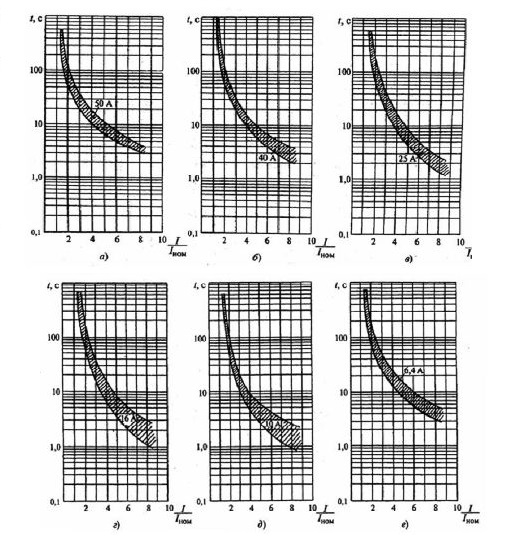
During the loading procedure, these indicators are measured. The procedure cannot be called simple; only highly qualified personnel of the electrical laboratory after passing special training are allowed to implement it.
Device for loading AB
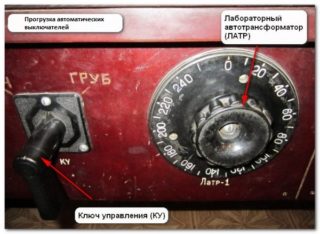
The method of loading circuit breakers involves the artificial creation of a closed loop with the option of gradually adjusting the electric current indicator. This principle is used by any commercially available automatic loader. There are devices for different rated currents.
You can assemble the installation yourself. One example is a design using three types of transformer devices: one of them is responsible for the load, the other works with electric current, and the third is a laboratory automatic device. The circuit also includes a shunt ammeter, control key, stopwatch and cables. The function of the latter is to connect the switch under test to the terminals of the monitored current. This design can create an electrical current of about 50 A on the secondary coil of the load transformer. It can also be used to test switches designed for high currents, but then a power supply and a load device with high power are required.
Technique for loading machines
The loading of the machines is done according to a single algorithm. First, you need to study the technical documentation of the device and determine the characteristics that need to be checked. Then the functioning of the releases is tested: first, they always work with an electromagnetic unit, then with a thermal one. Then the results are entered into the prepared protocol on the work performed.
Example
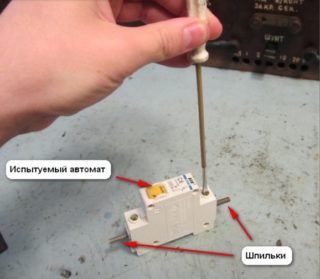
The procedure can be demonstrated using the example of a circuit breaker from a domestic manufacturer BA47-29. The protection class of this device is C, which corresponds to the need for a fivefold excess of the rated current (which is 6 A here) for the electromagnetic protection to work. It is this degree of protection that is most common for switches used in conventional household networks.
Before connecting the device to the test setup, you must study the technical documentation attached to it. It contains a graphical representation of the response time-current characteristic. The abscissa represents the excess of the loading current of the nominal value. The ordinate axis is the time interval after which the thermal protection is activated.
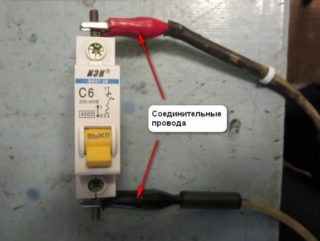
After examining the graph, you can understand that the zone in which the electromagnetic release is triggered covers the range of exceeding the electric current rating (6 A) by 5-10 times. Thus, to turn on this kind of protection, a current of 30-60 A is required. This mechanism works almost instantly: with proper operation, the time should not exceed 0.02 s. For practical experience, you can take an eight-fold excess (48 A), in this case, the machine must be turned off from the network no later than in 0.01 s.
As for the thermal protection mechanism, in the graph, the switching interval is limited by a pair of curves reflecting the normal and hot state of the circuit breaker. Three times the rated current (18 A) will be applied for verification. The use of an electric current of such a frequency for testing is a traditional indicator, if there is no indication of another recommended frequency in the passport of the device. The value of the time after which the machine turns off should be in the range from 3 to 80 s (this can be found from the schedule).
When any of the releases does not turn off the device within the required time frame, the switch is recognized as faulty and is not allowed for subsequent operation. To make it easier to load the device, you can put long leads made from pins on it. Cables are connected to them.
Protocol and frequency of loading
Before starting testing, it is advisable to make a header for the protocol, in which the results will be recorded. The document specifies the following parameters:
- set time delay values;
- types of tested releases;
- response time of each of the investigated protections;
- short-circuit and overload current values;
- exposure time of each current;
- current values at which the device operates and remains static;
- features of the reaction of defenses during test activities.
If the obtained data correspond to the established standards, the device is recommended for commissioning. If in the process of loading operations malfunctions were identified, a special document is prepared, which indicates the nature of the violations and recommendations for their elimination in accordance with the PUE.
Periodicity
The Electrical Installation Rules, as well as the Rules for the Technical Operation of Consumer Electrical Installations, do not in any way regulate the frequency of scheduled testing. However, regular loading at regular intervals is advisable, since the machines tend to develop their resource over time. In the passport or other documentation attached to the device, the manufacturer indicates the recommended intervals between tests. In production, such periods are set by the technical manager. Most often, routine procedures are recommended every three years. This applies to devices installed in industrial power grids and used for domestic needs. Additional checks are carried out when installing new equipment or overhauling old ones.
Regular loading of these machines will allow you to determine the malfunction of the device in time. This will prevent electrical disruptions.



